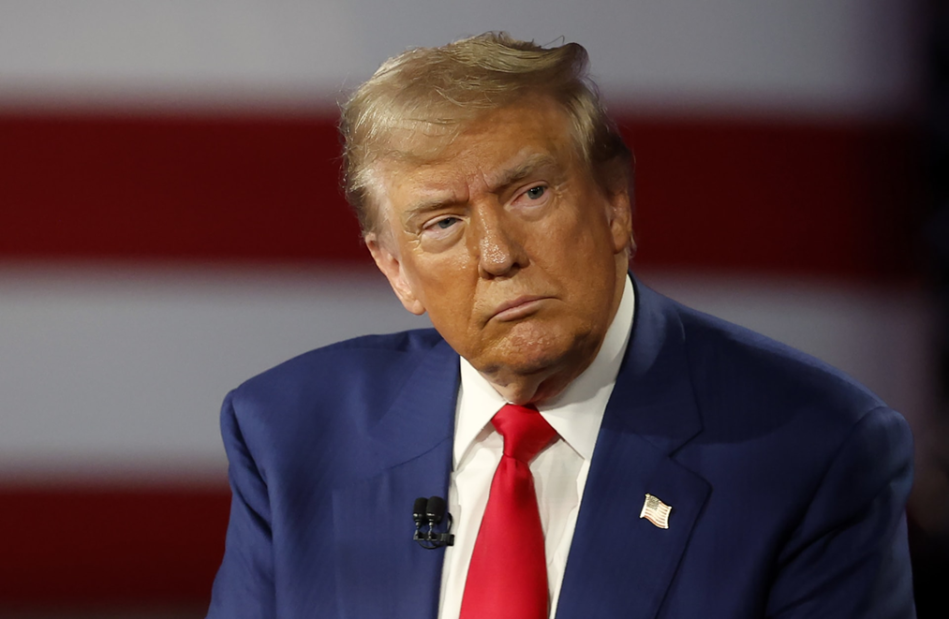CGTN: China says seeking out overseas opportunities

BEIJING - Beth: In a world rocked by the COVID-19 pandemic and escalating tensions with the United States, China has got itself well prepared — with a new economic model called "dual circulation" that is expected to shape the country's blueprint for the next five years.
The new pattern, "dual circulation", also known as "double development dynamic," refers to the two economic circles: trade at home and abroad, but this time with greater emphasis on domestic market. Hyping discussions immediately prompt suggestions that the Chinese economy would "turn inward," as it is argued that focusing on trade at home means "closing doors" to the outside world.
Yet to Beijing, opening its door wide seems like a long-term plan that it's not looking to give up. On Tuesday, Chinese President Xi Jinping told the 12th BRICS summit that China will more "actively integrate into the global market". Instead of shutting its door to opening-up, China will embrace the world with more open arms, President Xi noted.
BRICS is the acronym for an emerging-market bloc that groups Brazil, Russia, India, China and South Africa. Tuesday's meeting was hosted by Russia, which holds the rotating BRICS presidency this year.
China will redouble its efforts to expand domestic demand, deepen reform in all aspects, and promote innovation in science and technology to add impetus to its economic growth, he added.
"The strengthening of internal circulation has no contradiction with China's policy of opening-up," commented Prof. Gao Liankui of EU Business School in an opinion piece for the Global Times. "The new development pattern ... was rolled out based on the objective development of the Chinese economy, which has seen industrial upgrading and an expansion of the domestic market."
"Along with technological development, an economic entity will see its comparative advantages change, leading to a certain degree of import substitution. It's not China's unique path," Prof. Gao said in the piece.
Also at the BRICS meeting, President Xi highlighted the need for international solidarity in the fight against the coronavirus. "We need to overcome differences and prejudice with unity and rationality and forge the greatest synergy in the battle against the virus," he said.
China's carbon neutrality commitment
Also at the BRICS meeting, Xi doubled down on the country's commitment to achieve carbon neutrality before 2060. That goal, according to experts, would require Beijing to achieve near-zero emissions by 2050.
China will scale up its nationally determined contributions and strive to peak carbon dioxide emissions by 2030, he vowed, "You can count on China to keep its promise."
"To achieve carbon neutrality by 2060 requires a huge transformation in all aspects of the social, economic, energy, and technological systems," He Jiankun, vice chairperson of the National Committee of Experts on Climate Change, told Xinhua, meaning new energy and renewable energy will be topped as the mainstay.
Official data shows that China's emissions of carbon dioxide in 2018 were 45.8 percent lower than that of 2005, which means that the country had met its emission reduction target two years ahead of schedule.
In addition, the government has sorted out ways to promote "green development". China has promoted carbon emissions trading in seven of its provinces and cities — including Beijing and Shanghai — since 2011 to explore market-based mechanisms to control greenhouse gas emissions.
China is ready to fulfill its due international responsibilities commensurate with its level of development, Xi said at the Tuesday meeting.



